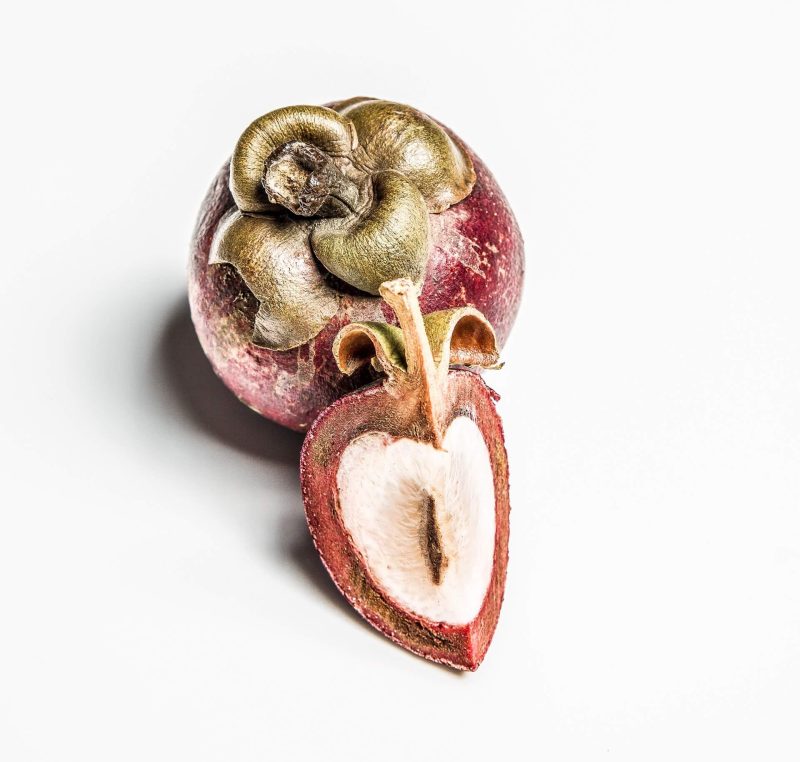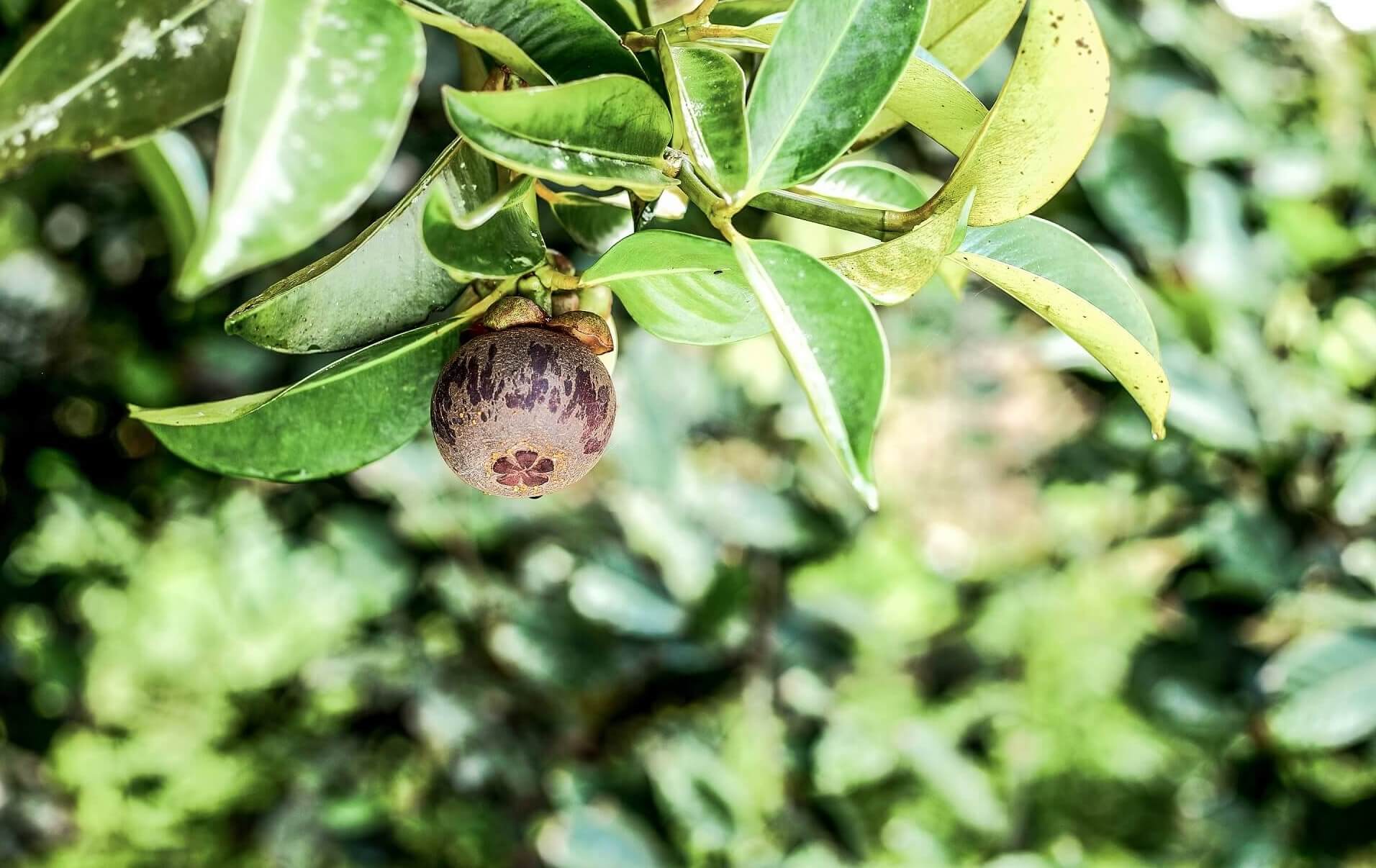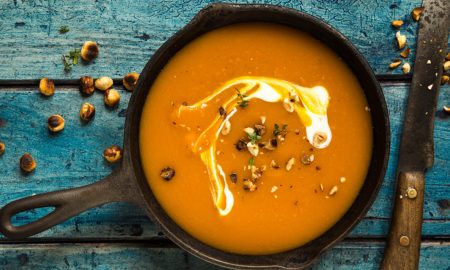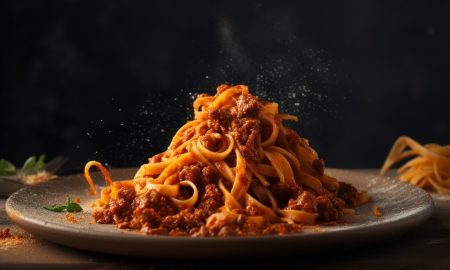The mangosteen’s origins were long disputed, but popular opinion now points to Malaysia—which remains one of the primary mangosteen-cultivating nations, along with Indonesia, Thailand, the Philippines, Brazil, and several Central American countries. The mangosteen places some pretty queenly demands on would-be growers, too.

Image: Claudio Martinuzzi
The evergreen trees—which can reach over 100 meters tall—are extremely climate-sensitive, flourishing only at temperatures between four and 38 degrees Celsius. Even then, it’s all about “good things coming to those who wait.” It can take seven to nine years for the tree to start bearing fruit, and the best harvests (up to 5000 mangosteens per tree) don’t start until years ten through twenty.
So what are they like? The fist-sized fruits have a six to ten millimeter thick purple rind and white flesh that’s reminiscent of lychee, apricot, or pineapple: a little sweet, a little sour. Mangosteens taste best raw, but they also work great in tropical fish, meat, rice, or poultry dishes as well as desserts.
Traditional healers throughout Southeast Asia have used mangosteen fruit and rind for centuries to treat a variety of conditions. In recent years, there’s been quite a bit of hype around mangosteens in our part of the world as well. Mangosteen juice is packed with antioxidants, which purportedly slow down aging and protect against lifestyle diseases. Scientists haven’t technically found much proof that mangosteens work miracles, but as they say, faith can move mountains!
















Pingback: Tamarind - the globetrotter | KTCHNrebel
Pingback: How do you eat... wakame? | KTCHNrebel